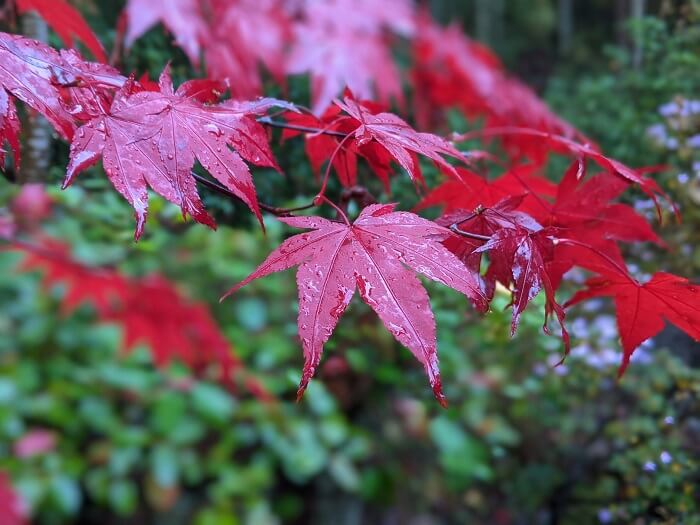Blue-black berries appear at the end of June. They look like blueberries, but are the pear fruits edible or even poisonous? We do the fact check.
Table of Contents
The garden wood with a lot of potential
The rock pear belongs to the rose family. Most of the known varieties come from North America. The only rock pear found in Europe is the Amelanchier ovalis, the common rock pear. It is only two meters high and colonizes dry areas on rocky slopes up to 2000 meters above sea level.
A very popular variety with garden owners is the copper rock pear, Amelanchier lamarckii. It reaches a height of up to six meters and forms a decorative crown.
The fruits emerge in early summer. They are small, blue-black berries.
Boil fruits for snacking, drying and jam
Many allotment gardeners are of the opinion that the fruits of the rock pear are poisonous and do without the healthy berries. The fruits are rich in vitamins, minerals and trace elements and it would be a real shame not to enjoy the little vitamin bombs.
The fruits are ideal for making jam, jelly and liqueur. They are excellent for drying. The Amelanchier used to be grown as a fruit tree. Where does the fear come from that the fruits could be poisonous?
The ingredients, the fact check
In order to be able to evaluate the edibility of the berries, the ingredients have to be evaluated, that is
- cyanogene Glycoside
- flavonoids
- Tannins
Cyanogenic glycosides are highly toxic. However, they are only found in the seeds and leaves of the Amelanchier. Although the seeds contain the poisonous substance, the amount of seeds in the fruit is so small that there is no health risk, just like when eating apple or grape seeds.
Flavonoids are secondary plant substances. They have an antioxidant effect and can stop aging and protect against diseases.
Tannins taste bitter and have the task of keeping vermin away from the plant. They do not have a negative effect on healthy people.
Signs of intolerance in humans
Hypersensitivity reactions can occur in sensitive people. These show up as nausea, vomiting and diarrhea. If you experience these symptoms, use water or warm chamomile tea to calm your stomach.
When animals eat the berries
Dogs can tolerate the fruits of the rock pear quite well. However, dog owners should make sure that their darling does not eat too much of the sweet fruits. This can lead to diarrhea and vomiting.
Cats only eat the berries in exceptional cases. Since cats love grass and greens, they can eat the leaves. That is dangerous for the velvet paws. If animals react with nausea and vomiting after eating fruits or leaves of the Amelanchier, you should consult a veterinarian quickly.
Horses are hardly interested in the fruits or the bitter leaves of the plant. If they do eat them, there is no danger.
Birds love the sweet berries of the fruit tree so much that they represent great competition for humans. If you intend to make jam or jelly from the aromatic fruits, then you need to hurry. As soon as the birds have discovered an amelanchier with ripe fruits, the harvest is reduced in no time at all.
Conclusion
No wonder that the Amelanchier is one of the favorite trees in the garden. It grows beautifully and forms a decorative crown after a few years. It appears in spring in beautiful, snow-white flowers. In summer it gives the gardener sweet, healthy fruits and those who do not try them miss out on a great aroma. In autumn, the copper rock pear inspires with its intense foliage color.

